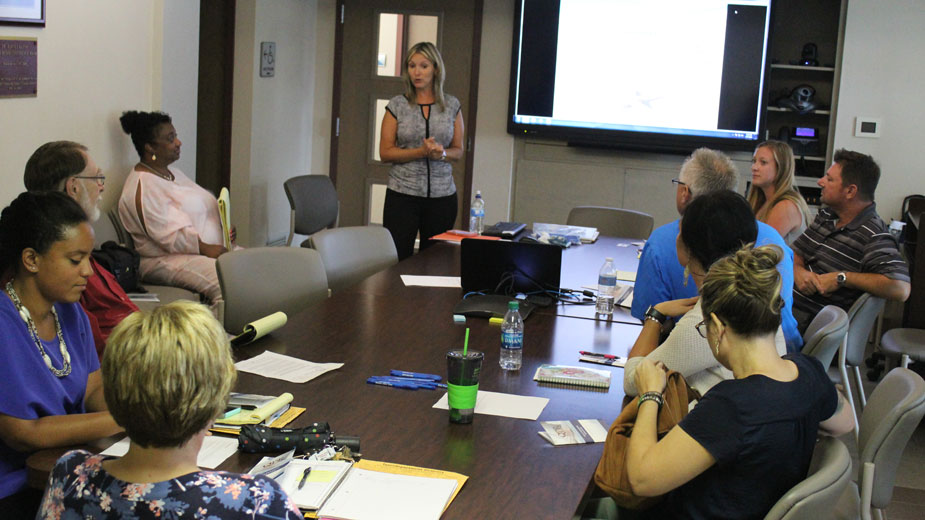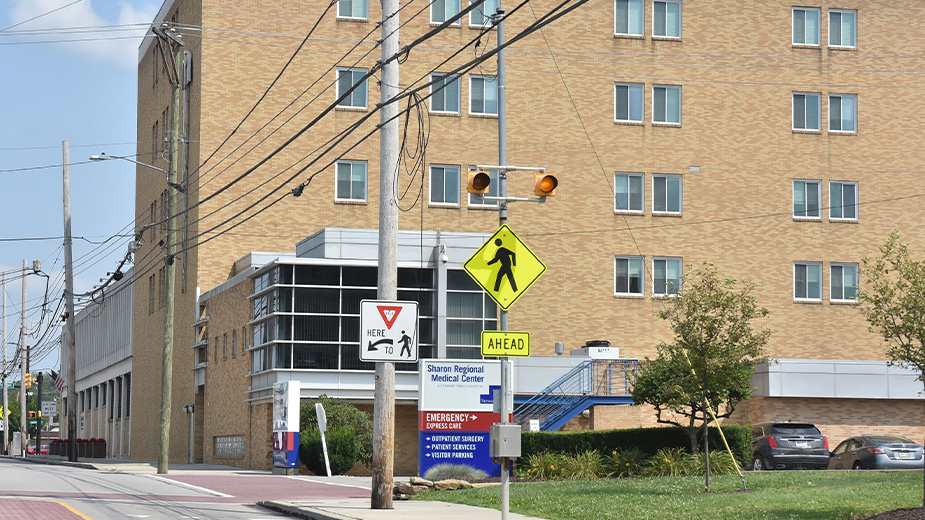Workplace Support Plays Role in Suicide Prevention
YOUNGSTOWN, Ohio – As she’s traveled the Mahoning Valley talking to high school students, Alta Behavioral Healthcare’s Angela Kearns has noticed that they’re more than willing to discuss broken bones.
There’s usually a story to go along with it. Students get excited about sharing their own experiences and listening to others. But when the time comes to discuss mental health and suicidal thoughts, the room quiets down.
“A lot of times, when people are having emotional problems, we’re afraid to talk to people. We deny details to people. We keep it private,” said the director of Alta’s Linkages program, which brings mental health support services into schools. “Even when we come forward, people might say, ‘Just give it time.’ Just think if we told that to someone with a broken bone.”
Even among adults, she continues, there’s often a stigma around mental health, depression and suicidal thoughts. And when people with such thoughts are left on their own, their sense of helplessness can worsen and they may act on them.
Nationwide, 400,000 Americans kill themselves every year. Suicide is the No. 2 cause of death among those ages 10 to 34, behind accidents, according to the Centers for Disease Control in a 2017 study.
It’s for that reason Alta hosted a training session for what’s dubbed the QPR method – question, persuade, refer – that trains everyday people to look for the signs of depression and suicidal thoughts.
“They want to get this out there for hairdressers, for hospital aides, for bus drivers. This is for everybody. What this method is trying to put out there is that anybody can help,” Kearns said. “This is pretty simple. It’s just remembering to do it. It’s getting something out there when we see someone dealing with this. Even as a mental health counselor, I have to remember to not be afraid to ask these questions. You’re not going to put the thought into someone’s head.”
The idea that broaching the subject can make someone consider suicide when they previously hadn’t is one of the biggest myths around it, she continued. Oftentimes, people have either decided to do it or they haven’t, without much middle ground. If it’s the former, asking someone can be what pushes them to get help.
“Most suicidal people communicate their intent in the week leading up to the action,” she said. “A lot of times, parents think they’re being dramatic, being a teenager, just trying to get attention. If someone says they’re going to take their own life, assume it’s true. Even if it’s for attention, give it to them.”
Beyond direct and indirect verbal communications – “Pretty soon you won’t have to worry about me anymore,” she offered as an example of the latter – other signs that someone is battling depression are behavioral changes such as a sudden interest or disinterest in religion, giving away prized possessions or irritability.
While much of her work deals with adolescents, Kearns said the QPR method is just as helpful to adults.
“Adults have longer lives, which means more opportunity to develop traumatic experiences and more complicated forms of stress,” said Jamie Miller, Alta’s clinical director. “When you have a job, you have a house, a car, a family and each of those brings more responsibilities. That stress can change the chemicals in your brain and bring on an episode of depression, which can leave people feeling hopeless about their situation.”
It’s for those reasons that supportive work environments can be beneficial. The typical person seeking out help from mental health organizations like Alta has often turned to natural support systems before looking elsewhere, he said.
“Work can be a major stressor for a lot of people. One thing we can do is establish relationships with your coworkers,” he said. “If I’m a supervisor and I notice someone who’s stressed out and taking sick leave, I can just ask what’s going on and if everything’s OK. That’s really what this program is about: just questioning.”
When asking someone if they’ve had suicidal thoughts, Kearns explained during the presentation, it’s important to avoid being accusatory and instead be supportive. Doing so can help them seek out treatment for their depression.
“A lot of times, we’re afraid to talk about this topic. We’re asking people to go up to people they may see struggling and ask them, ‘Are you thinking about taking your own life?’ That’s very hard to do,” she said.
The QPR method is not intended to be a treatment, she noted. Rather, it’s meant to be a way to put people in contact with professionals, just as CPR can be used until paramedics show up to a medical emergency.
Developed by The QPR Institute, grants are available locally for organizations seeking to host training seminars of their own, Kearns said, through the Coalition for a Drug-Free Mahoning County.
“The bottom line is people need to help other people, whether it might be a church family, a work family or a mental health professional,” Miller said.
Pictured: Alta Behavioral Healthcare’s Angela Kearns, standing, led a seminar on the QPR method for suicide prevention Wednesday. The method focuses on identifying people fighting depression who may have suicidal thoughts and directing them to mental health professionals.
Copyright 2024 The Business Journal, Youngstown, Ohio.



